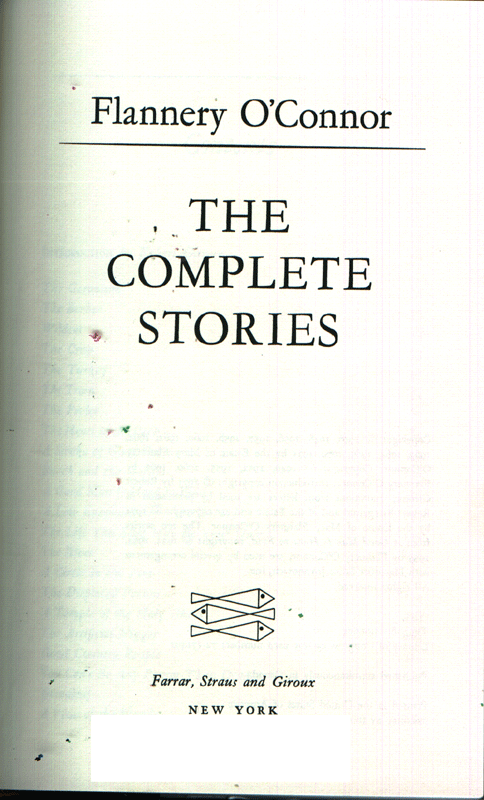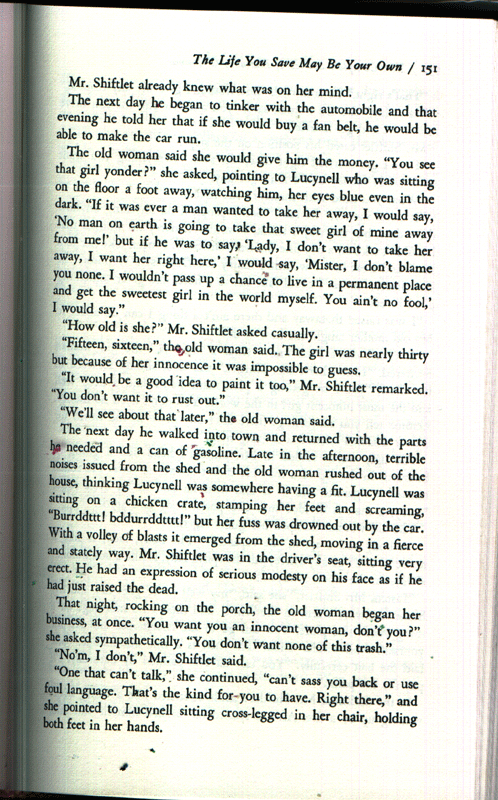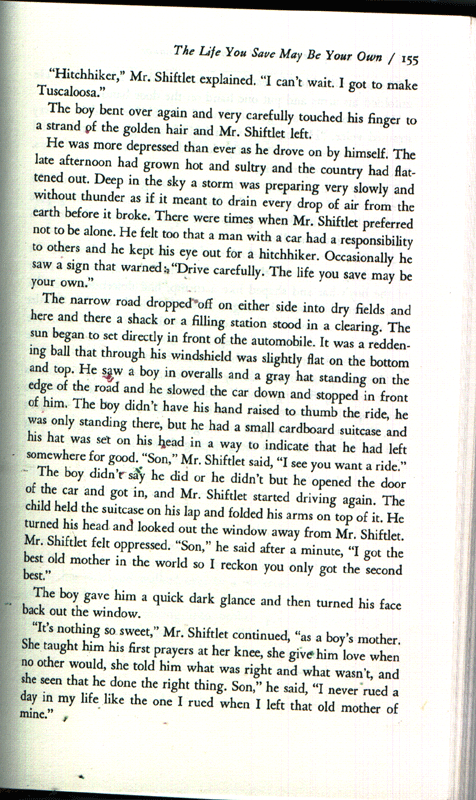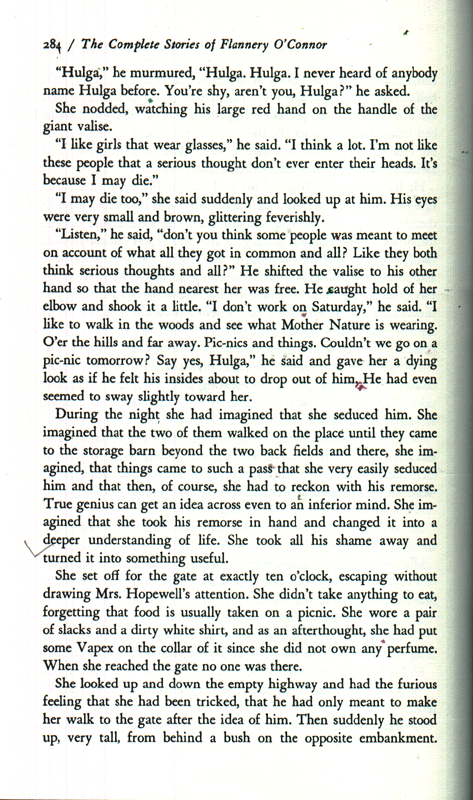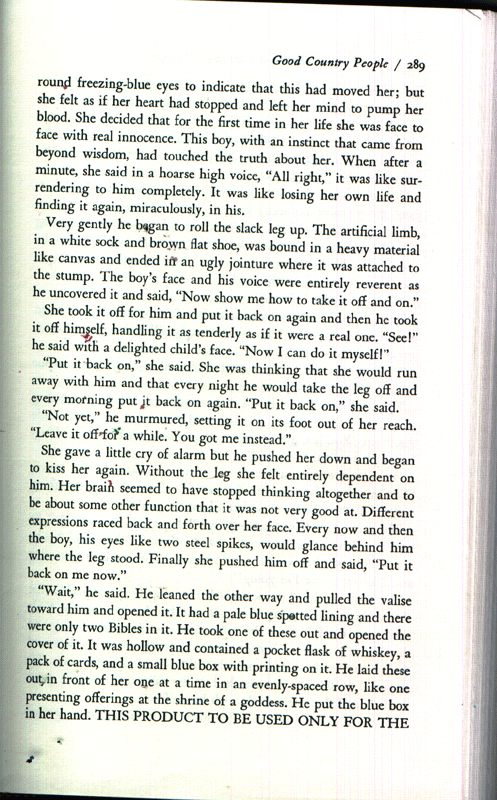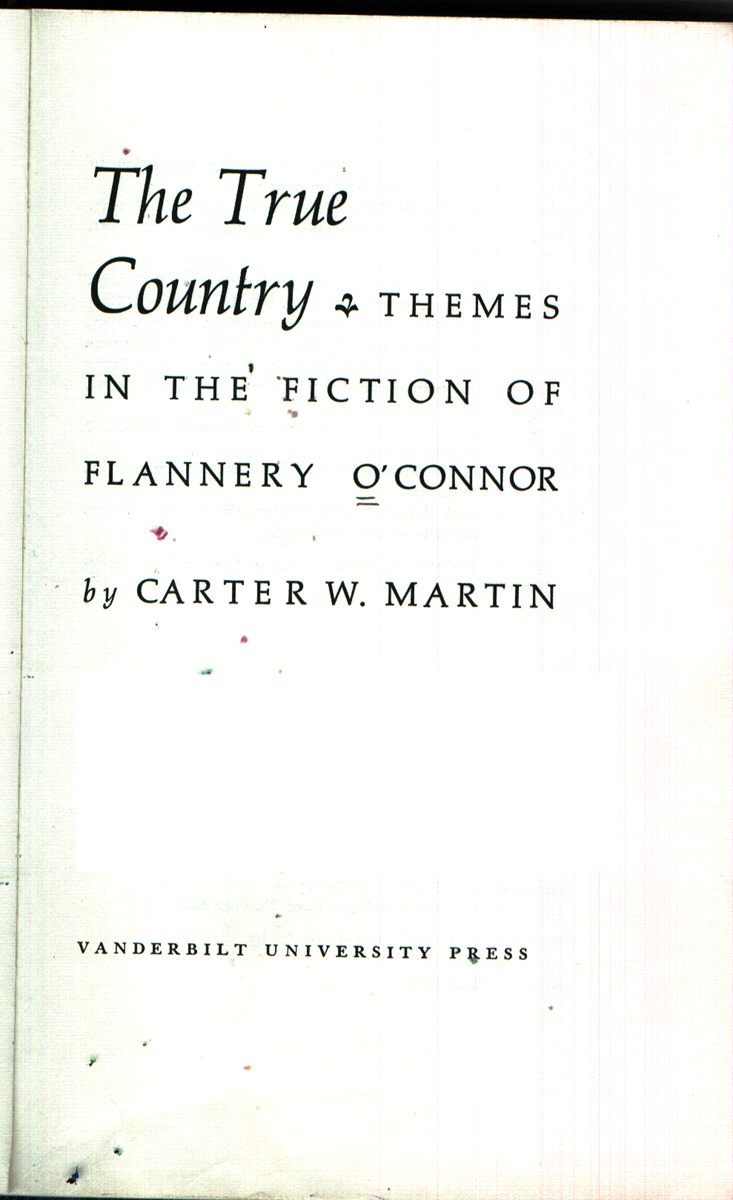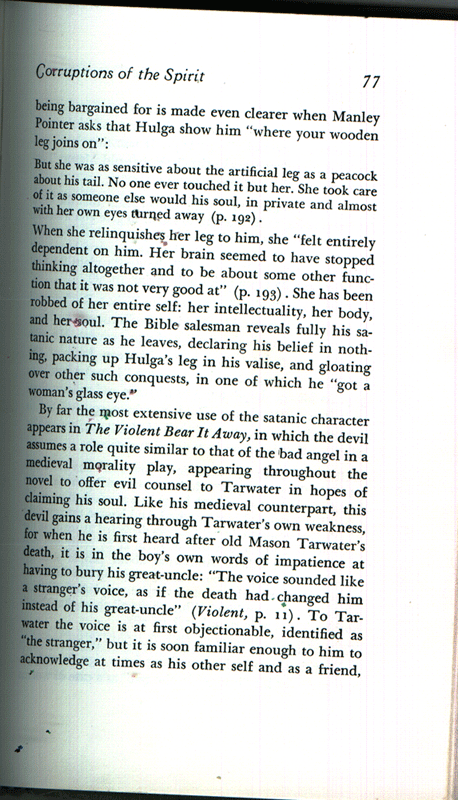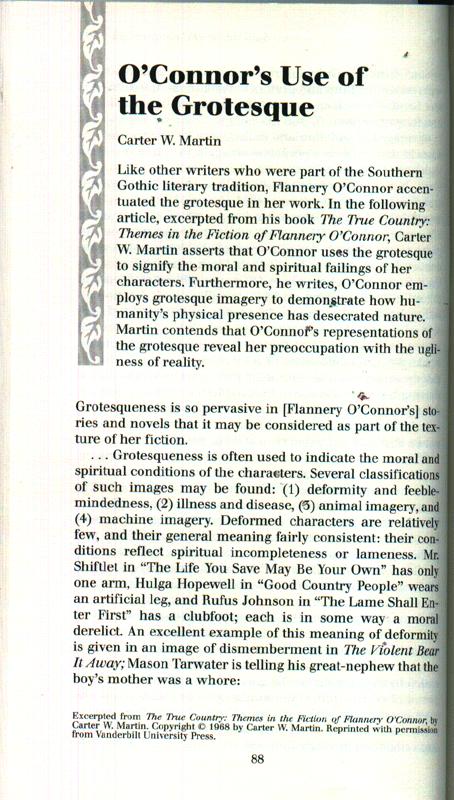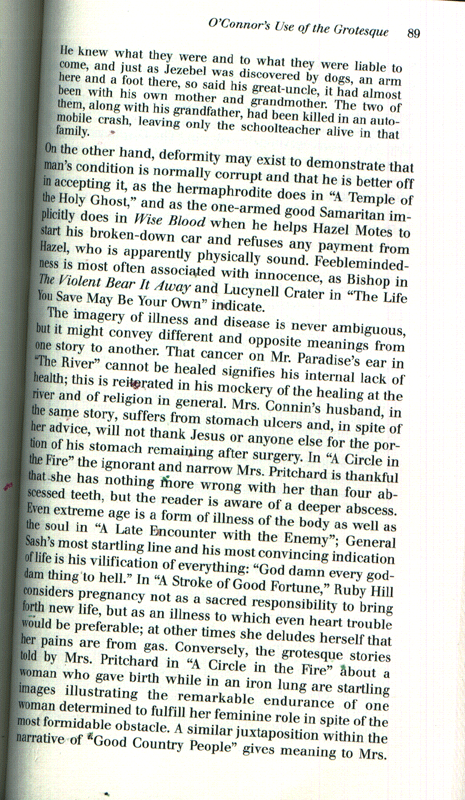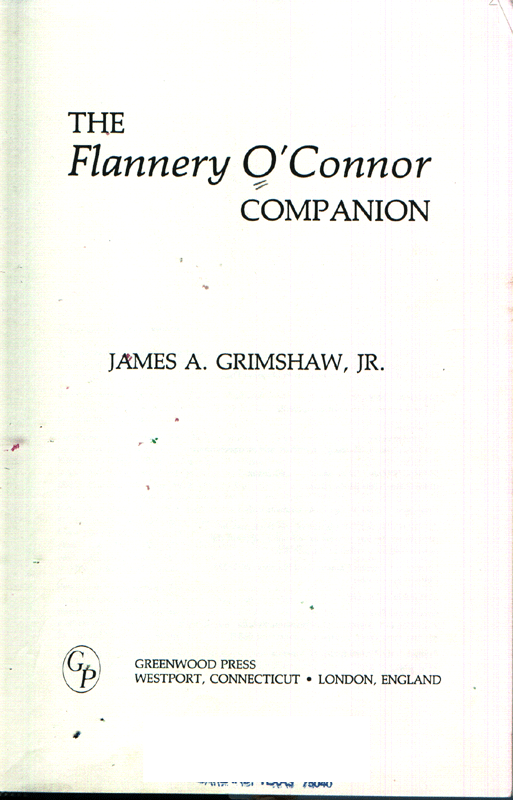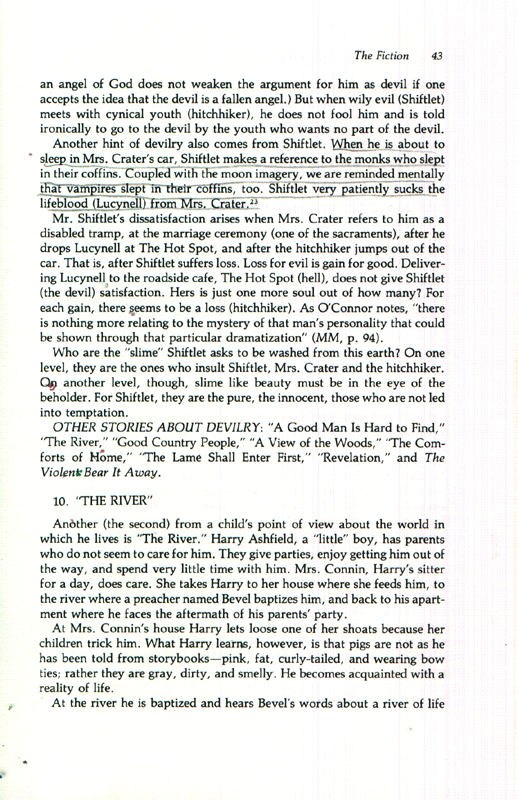Introduction
Flannery O’Connor is one of America’s favorite writers thanks to her deep insightfulness and strength in writing unconventional with a touch of the gothic strange in them, such as she’s done in her short story “Good Country People.”
The brief plot of the story
In this story, a small household gets a visit from a young door-to-door Bible salesman. One of these women is Hulga Hopewell, who is 32 years old, feels herself ugly beyond belief, has earned a Ph.D. in philosophy and must wear a false leg because her natural leg had been shot off in an accident when she was a child. While her mother invites the salesman in and considers him ‘good country people’ like she is, Hulga does not believe in anything and thinks to seduce this young man when he shows the slightest interest in her. She is a flawed character who identifies herself only through her physical deformities, her glasses and her artificial leg, but remains ignorant of self until she is forced to confront the truth.
Although Hulga is well into her thirties, O’Connor presents her as having very little in the way of worldly experience. Because she has a Ph.D., Hulga believes she is much more experienced and worldly than those with whom her mother associates, but she continues living with her mother and isolates herself from the rest of society. She is grotesque because of her missing leg and her emphasis upon it through her heavy step and ‘clumping’ movements. “Deformed characters are relatively few, and their general meaning fairly consistent: their conditions reflect spiritual incompleteness or lameness … each is in some way a moral derelict” (Martin, 2001, p.88).
Hulga’s flaw is in her spirit as represented by the physical deformity. She is led into her ruination at the hands of Manley Pointer, thinking she is instead leading him into temptation. “During the night, she imagined that she seduced him. She imagined that the two of them walked on the place until they came to the storage barn beyond the two back fields and there … she had to reckon with his remorse” (O’Connor, 1990, p. 284). She feels powerful because of the fascination the salesman seems to feel for her.
Hulga’s sense of identity is tied to her handicap and this handicaps her even further as it provides the opportunity for strangers to take advantage of her. When Hulga relinquishes her leg to the Bible salesman, she “felt entirely dependent on him.
Her brain seemed to have stopped thinking altogether and to be about some other function that it was not very good at” (O’Connor, 1990, p. 289). In taking her leg, the Bible salesman has taken her very identity, the one thing with which she associates herself with completely. “She has been robbed of her entire self: her intellectuality, her body, and her soul” (Martin, 1969, p. 77). Despite her insistence on loathing the false leg and the thick glasses she depends on to see, in the end, Hulga finds she is literally left without a leg to stand on and is totally incapable of saving herself from her present situation.
Conclusion
Although it seems she will never experience the sort of power or trust she presumed to have with the Bible salesman again, Hulga is provided with a small measure of hope at the end. Her innocence is stolen from her as she is left in the barn minus her glasses and her wooden leg, yet she is given an opportunity to achieve grace through the understanding of her own limitations. If she learns she has value apart from her false leg and false ‘eyes’, she may find some means of also finding the kind of happiness she has believed can’t be obtained.
Works Cited
Martin, Carter W. “O’Connor’s Use of the Grotesque.” Readings on Flannery O’Connor. San Diego, CA: Greenhaven Press, 2001.
O’Connor, Flannery. “Good Country People.” The Complete Stories. New York: Farrar, Straus and Giroux, 1990, pp. 271-91.
